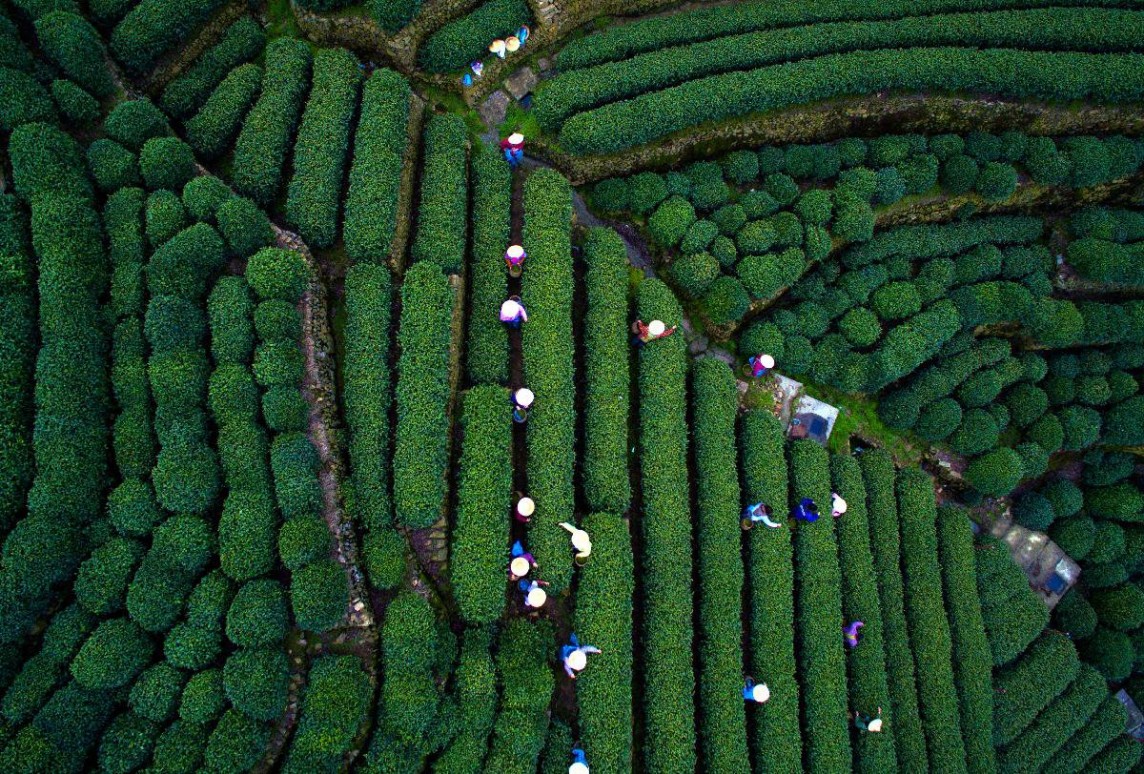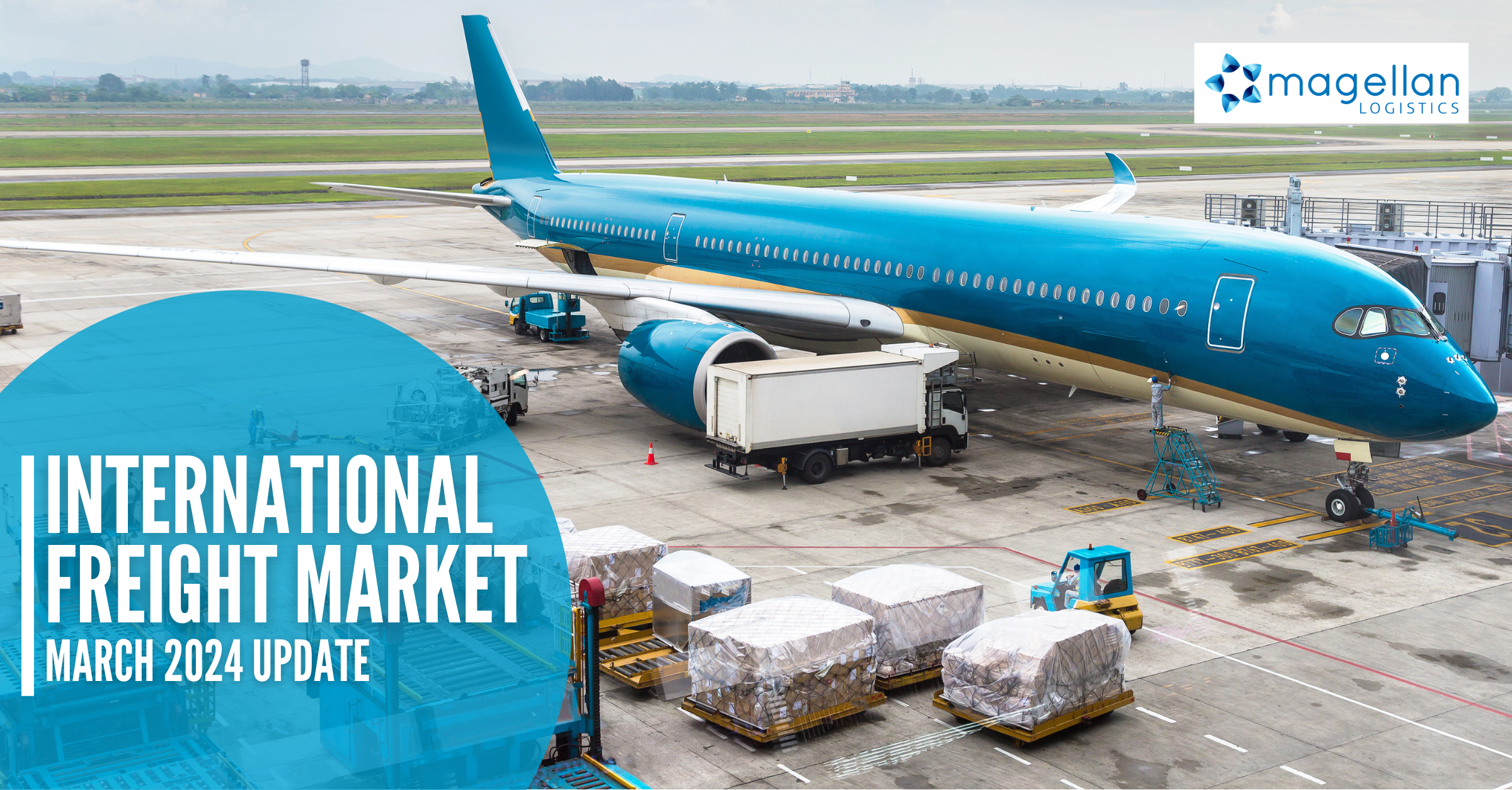In 2016 the Group of Twenty (G20)*, finance leaders and government heads from the twenty major economic countries of the world, will meet in the ancient Chinese city of Hangzhou in the Eastern region of the People’s Republic of China (PRC). With world leaders like U.S. President Barack Obama and other Western dignitaries in attendance the eyes of the world will fall on this vast region of high tech and textile manufacturing near the Eastern coast. While the G20 is principally an economic forum the relationship between economics and climate change will be on show.
Textile Industry Closure
The Chinese government is considering temporarily closing the nearby Province of Zhejiang’s textile manufacturing to reduce air contamination during the G20 summit. This action could possibly idle over half of the textile dyeing industry in China.
While it is too early to say for sure whether the Government will order the shutdown, it has been rumoured that the closure could be three months in length, just before the beginning of the summit. Local government sources quickly stated that it would be impossible for a closure of that length to be achievable given the massive amount of goods that the region produces. Yet experts note that the situation would be quite an opportunity to show how much air pollution could be reduced within the province. This may prove a game changer for the entire region as Beijing had also made agreements during international climate talks in December 2015’s Paris Climate discussions.
China is still somewhat of a closed society for gauging public and international reaction, particularly when large scale events like closing down entire manufacturing regions are concerned. But, one can imagine that complete closure, even for a short period of time, will cause market and industrial disturbances on a significant scale. And it isn’t difficult to imaging the flow-on impact of these on the Australian TCF and retail industries.
China’s G20 Presidency
China’s G-20 presidency in 2016 is themed to help lay the groundwork for a world economy that is more “innovative, invigorated, interconnected, and inclusive.” and that office, China is set to become even more of a major player on the world’s financial and environmental stage.
China’s recent willingness to pursue trade agreements and the imminent inclusion of the reminbi in the group of currencies that determine the value of the IMF’s reserve asset, Special Drawing Rights, China’s capacity to help the world (especially emerging-market economies) cope with market volatility will be greatly enhanced.
This bodes well for China’s capacity to help counter the global slowdown in growth, trade, and investment. And not a moment too soon: The ongoing slowdown is among the greatest risks the world currently faces, because it could compound instability in already-fragile countries, while compelling more robust economies to turn inward, rather than address growing crises.
With a binding greenhouse gas agreement in the works at the United Nations, it behoves China to work within the framework of its own country to solve the issues that industrialisation has brought to the country. If closure of Zhejiang’s textile industry can demonstrate measurable environmental results and throw a spotlight on the problem, then it is possible, with help from other G-20 partners and technological advancement, that the PRC as a whole can work towards improving its air quality, as well as find new ways to grow their industrial might.
With the right mix of realism and power sharing, China’s G-20 presidency has the potential to catalyse important progress to strengthen the foundation of a new global economic structure for the twenty-first century … and to further underscore the importance of environmental commitments in the attainment of this.
*Collectively, the G-20 economies account for approximately 80% of the gross world product (GWP), 80 percent of world trade (including EU intra-trade), and two-thirds of the world population. They furthermore accounted for 84% of the world’s economic growth by nominal GDP from the years 2010 to 2016, according to the International Monetary Fund (IMF).
Sources and more information:
http://schema-root.org/region/international/government/g20/
http://news.xinhuanet.com/english/2015-11/16/c_134822759.htm
http://www.weforum.org/agenda/2015/12/how-will-china-use-its-g20-presidency/
http://www.chinatexnet.com/textile-news/2016-02-03/554832.html













